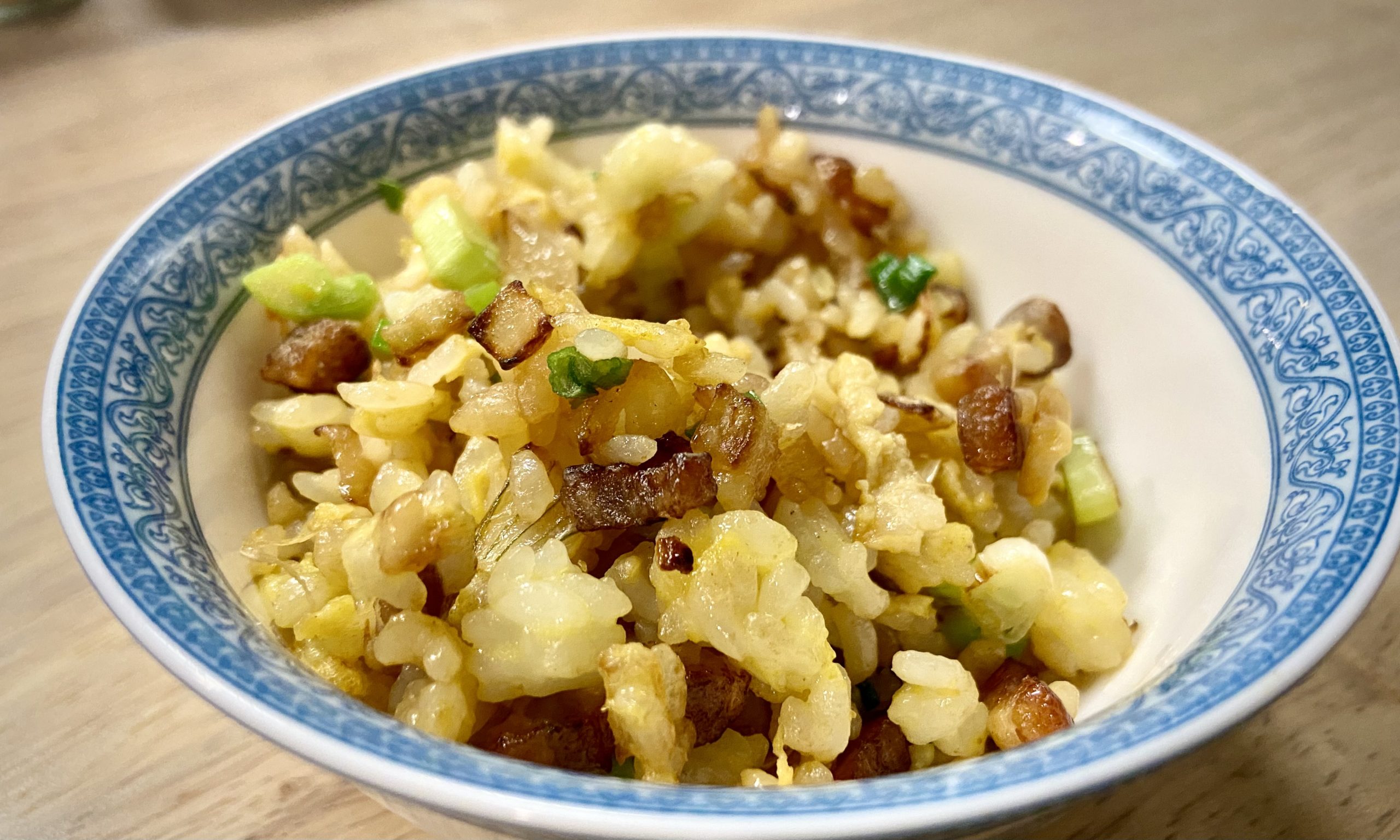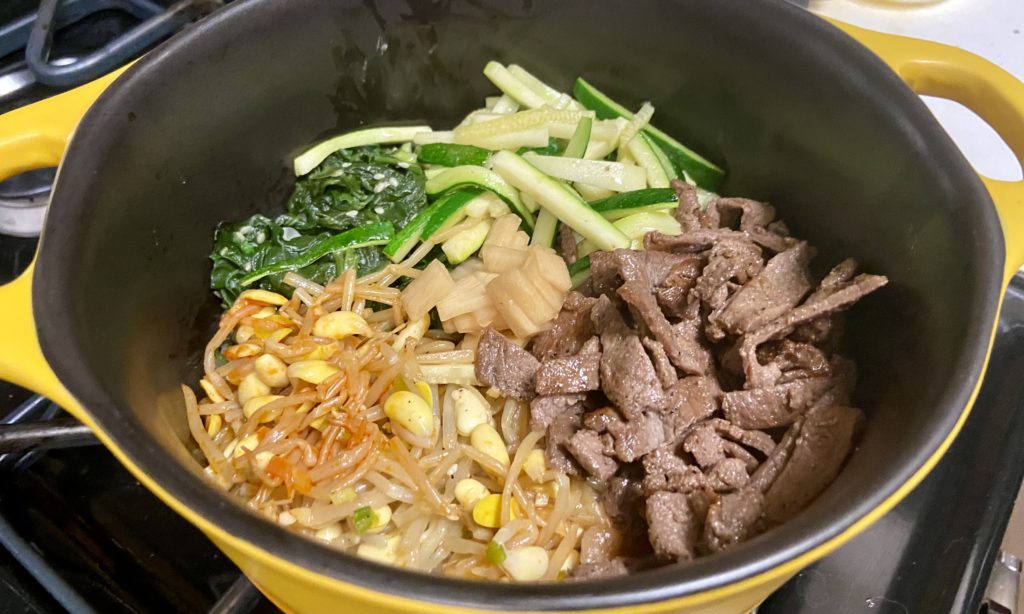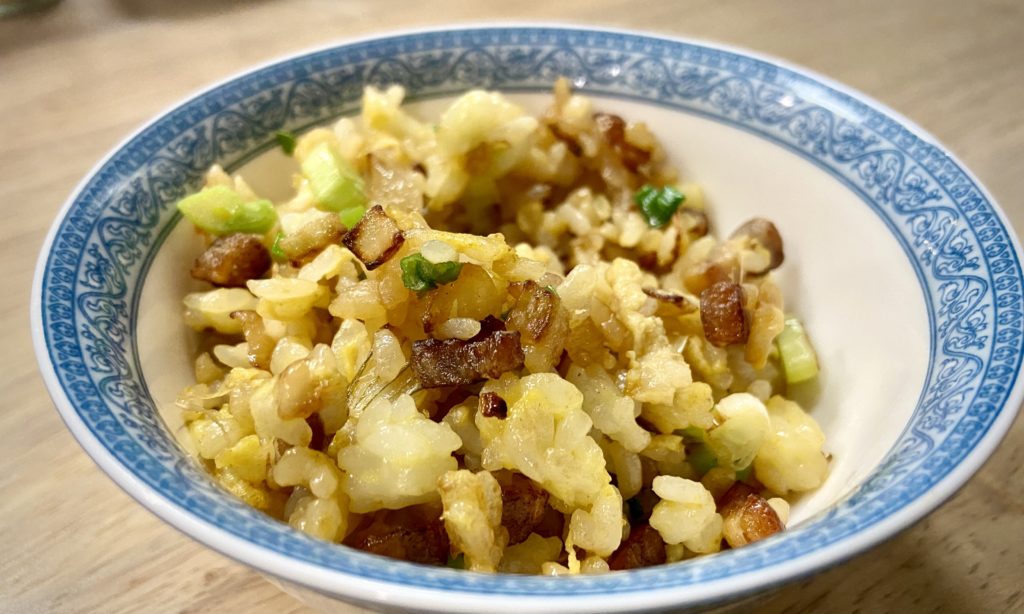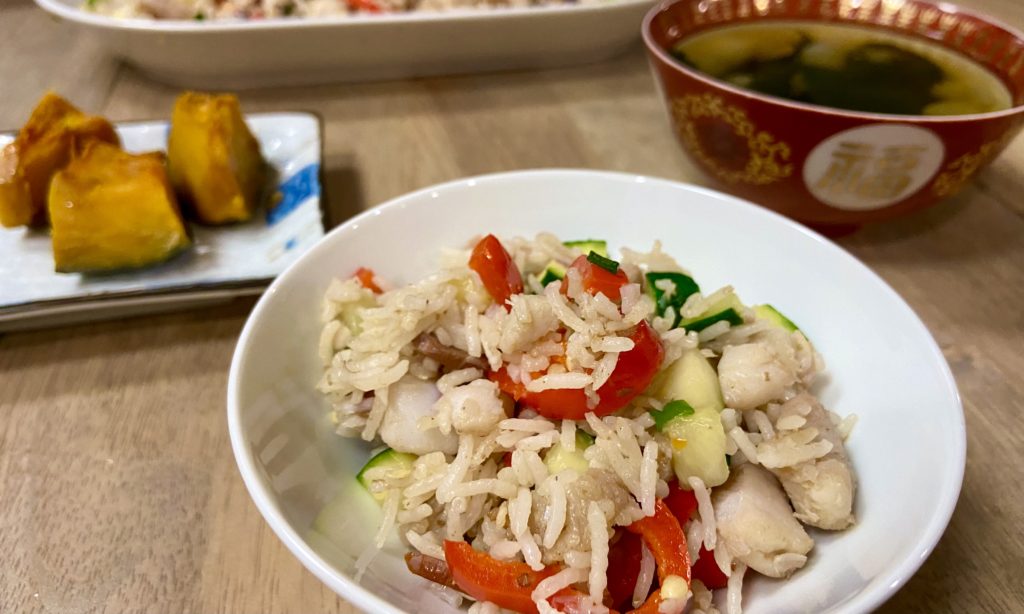Every culinary region that has rice as a dietary staple has a variation of fried rice in their cuisine. From the iconic egg fried rice of Eastern China, to the ketchup-flavored and egg-wrapped variant of Japan, to the spiced and fragrant plates of India, fried rice is a highly versatile dish.
Historically, fried rice likely originated from China and is most commonly associated with Chinese cuisine (there are many variants to fried rice in China alone). However, after so many years of culinary influencing and emigration, you can find fried rice everywhere in the world, including many non-Asian regions such as the Puerto Rican “arroz mamposteao” or Peruvian “arroz chaufa”.
While there are iconic ingredients and methods that seem to identify variations of fried rice with specific culinary regions (for example, the use of shrimp paste or sambal in Indonesian fried rice), when made at home, fried rice is often cooked as a way to use up leftover ingredients.
If you have vegetables, meat, and rice (leftover rice from the day before being most ideal), you can make a solid fried rice dish that will serve as a one-pot meal.
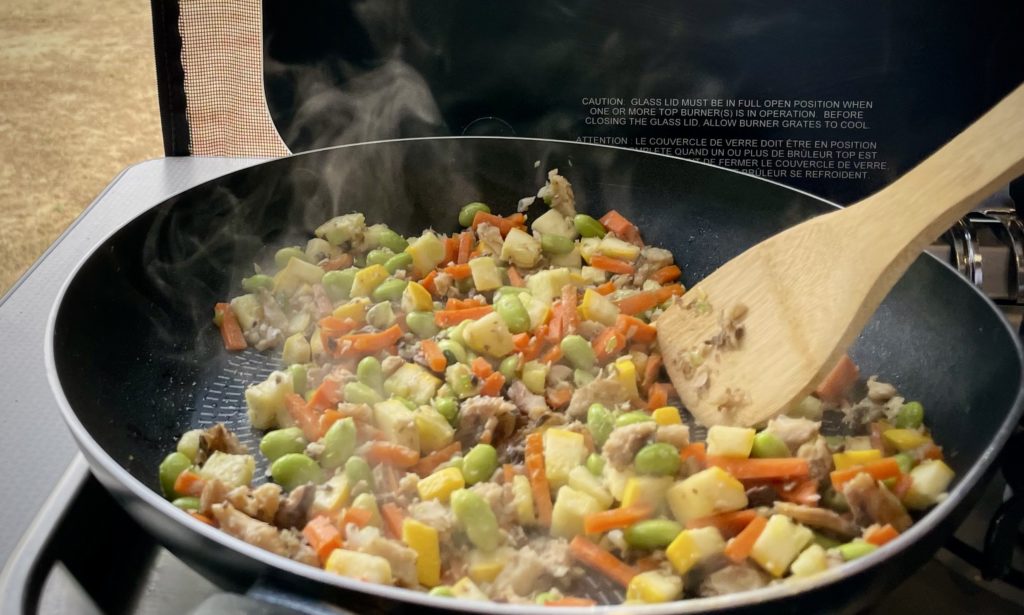
In order to make fried rice healthier at home, I have a few key rules to follow:
- The rice should consist of 1/2 or 1/3 of the dish in volume. The rest of the meal should be made of more nutritious elements, such as vegetables and/or proteins.
- For the remaining 1/2 or 2/3 of the dish, 2/3 to 3/4 of that should be vegetables. You’ll want to favor vegetables that keep their shape over leafy greens or watery options (think “carrots, onions, zucchini, and peas” over “lettuce, bok choi, etc”), but please feel free to experiment here!
- Meat is a flavoring agent – Salty or fatty meats can be used in fried rice and, in my opinion, should. But a little can go a really long way.
- Minimize oil usage – you honestly don’t need a lot of cooking fat for a good fried rice. Restaurants use a lot for cheap-and-easy flavor. If you’re doing it at home, there are other ways to up the savory-ness of fried rice
[graphic for fried rice ratios]
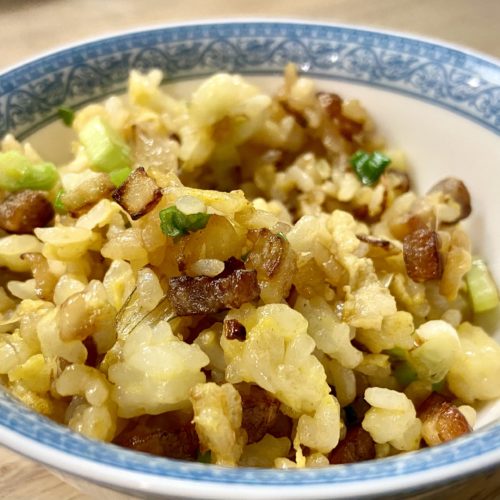
Base Recipe: Fried Rice
Equipment
- 1 wok or other large cooking pan
Ingredients
- 1 cup leftover rice any type of works, but may require different prep steps depending on how starchy it is. See notes.
- 1 cup diced vegetables i.e. onion, carrot, green peas, etc. See notes.
- 1/4-1/2 cup diced meat i.e. pork belly, sausage, sardines, chicken etc. See notes
- Flavoring(s) of choice i.e. Soy sauce, spice blends, chili paste, etc.
Instructions
- Break down the leftover rice until the grains are fully separated and not sticking together in clumps (this is especially important if using the starchier short- or medium- grain varietals such as sushi rice or calrose rice)1 cup leftover rice
- In a wok (or large sauté pan), add your cooking oil and begin stir frying the meat and vegetables according to ingredient cook times and personal preference (i.e. cook onions first before meat if you want a softer onion texture and taste)1 cup diced vegetables, 1/4-1/2 cup diced meat
- Add in rice and continue to stir fry, tossing/stirring constantly to prevent rice from sticking and to fully incorporate the ingredients and flavors.
- Add in flavorings and continue to stir fry to fully incorporate.Flavoring(s) of choice
- Remove from heat and serve immediately.
Notes
- Starchier short-grain or medium-grain rice tends to clump up and harden when left over. You can break this down by hand, using egg or another liquid to soften it or just breaking it apart with your fingers. Long-grain rices (like basmati or jasmine) will not stick to itself as badly so you’ll have less issue with rice clumps in the fried rice if you use those.
- You can technically use vegetables, but to prevent too much liquid from forming (and making your fried rice soggy as a result), try to stick with starchier or hardier vegetables, such as carrots, zucchini, and onions, and leave out the leafy greens.
- You’ll also want at least 1 kind of aromatic vegetable (i.e. onions, scallions) to add flavor to the dish
- Depending on the meat, you may want to add more or less to your fried rice. Saltier or fattier options can “spread out” flavor than standard unseasoned raw meat. It’s definitely worth it to add a bit of something savory as your protein base, but worth using it conservatively if you do.
- Flavoring are where the different regional varieties come to play. Try using some standard seasonings (soy sauce, sesame oil, sambal, etc) one day, and then get creative on another (creole spice blend, etc). The possibilities are endless!

